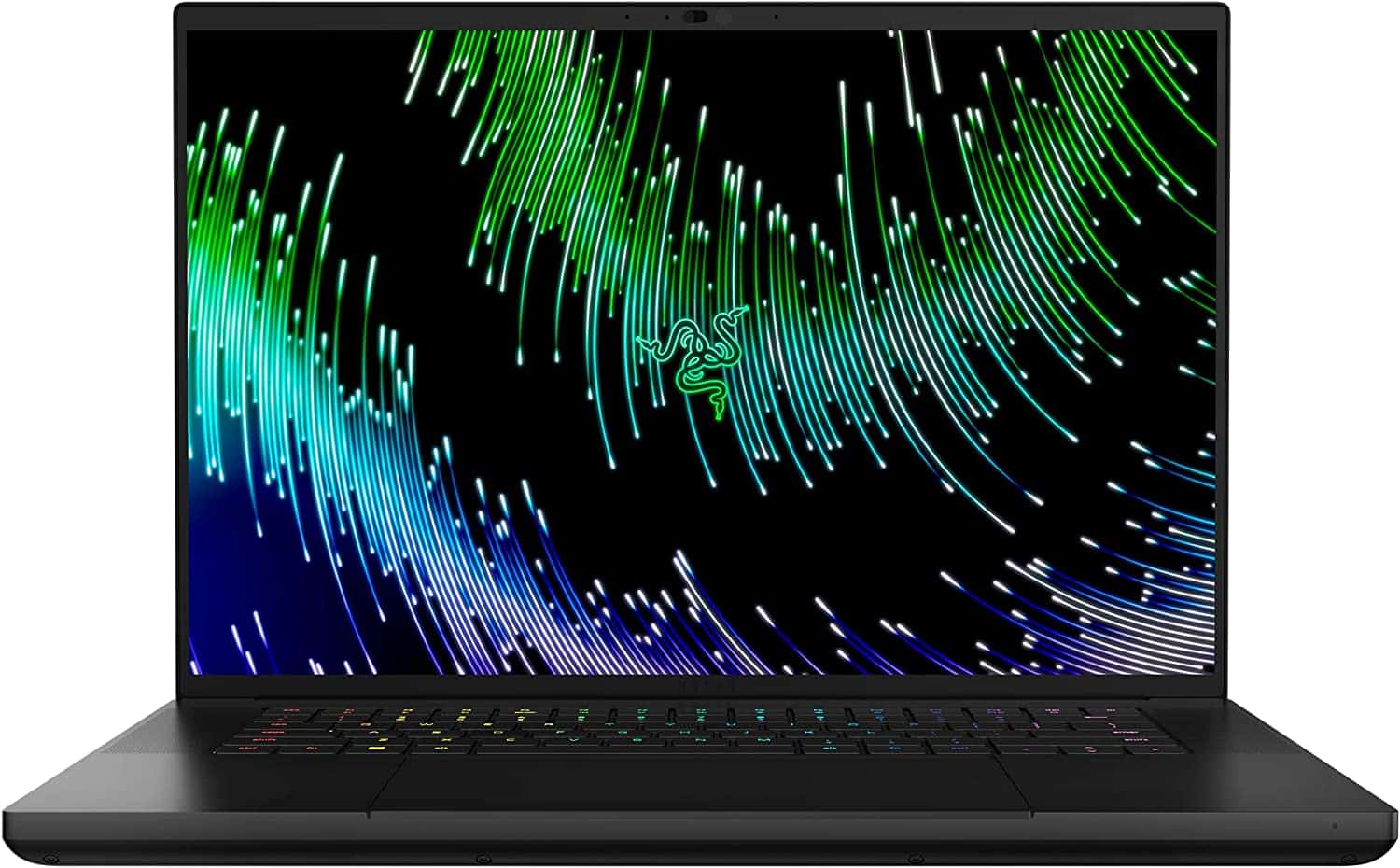Greetings Top Future Tech crew, The UA Apollo series you should already know about. It’s a line of high-quality audio interfaces designed for professional recording studios and home recording enthusiasts. These interfaces offer a wide range of features, including real-time UAD processing, analog tone, and professional audio quality. Whether you’re recording vocals, guitar, or drums, the UA Apollo series has you covered.

Besides the name one of the standout features of the UA Apollo series is its real-time UAD processing.
This allows you to use UAD plugins in real-time, without the need for external processing.
This is especially useful for recording sessions.
It allows you to quickly and easily add effects and processing to your tracks as you record.
Another key feature of the unrivaled UA Apollo series is its analog tone. These interfaces are designed to provide the warmth and character of analog recording, while still offering the convenience and flexibility of digital recording. This makes them a great choice for musicians and producers who want the best of both worlds. Curious about other solid audio interfaces? Check out our article on Top 7 Picks for Best Audio Interface for Mac.
Disclosure:



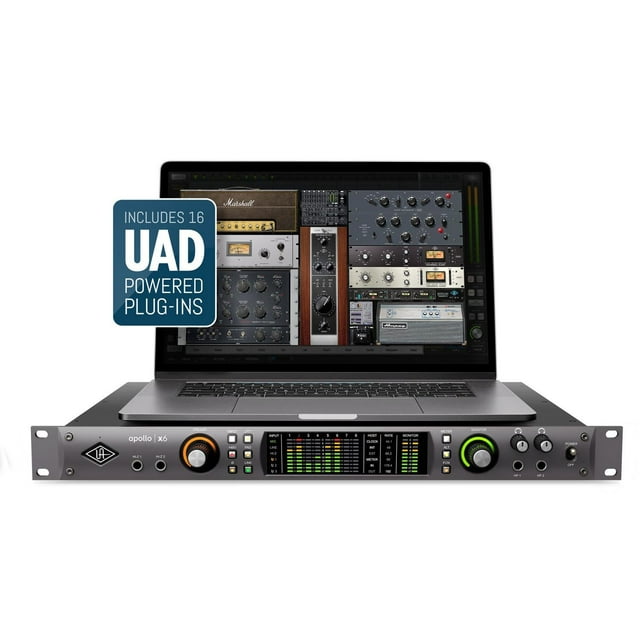

Table of Contents
Overview of UA Apollo
At its core, the UA Apollo is a high-quality audio interface designed for professional recording studios. It combines elite conversion with Universal Audio’s best production tools, making it the most trusted audio interface probably, in the world.
The Apollo comes in several models, including the Apollo Twin, Apollo x4, Apollo 8, and Apollo 16. Each model has its own unique features, but all of them offer exceptional sound quality and low latency, thanks to onboard UAD-2 processing.


One of the cooler standout features of the UA Apollo is its ability to run UAD plug-ins in the monitoring and recording paths with very low latency.
This means you can shape your sounds like a classic analog studio without taxing your host Mac or PC.
Another key feature of the UA Apollo is its Unison technology, which allows you to use the interface’s mic preamps as if they were classic analog preamps. It’s going to give you the warmth and character of classic analog gear, with the convenience and flexibility of digital processing.
Overall, the UA Apollo is an excellent choice for pro recording studios and anyone who demands the highest-quality audio recording and processing tools. With its combination of elite conversion, onboard UAD-2 processing, and Unison technology, it offers a level of sound quality and versatility that is unmatched in the industry.

Key Features
High-Resolution Audio
At the core of the UA Apollo audio interface is its dynamic ability to deliver high-resolution audio. With a class-leading 24-bit/192 kHz audio conversion, the UA Apollo interfaces provide you with the most authentic big studio sound of your favorite records in real-time for real. This feature is particularly useful for those who require high-quality audio for professional music production, mixing, and mastering.

Unison Technology

Another key feature of the UA Apollo interfaces is Unison technology. This technology allows you to track through classic analog emulations with near-zero latency. The Unison technology also provides you with access to a wide range of mic preamp and guitar amp emulations from Neve, API, Manley, Marshall, Fender, and more. With Unison technology, you can easily switch between different emulations to achieve the perfect sound for your recording.
In addition to the high-resolution audio and Unison technology, the UA Apollo interfaces also come with a range of other features such as real-time UAD processing, surround sound monitoring, and expandable Thunderbolt 3 package for Mac and PC. With these features, the UA Apollo interfaces are the most trusted audio interfaces in the world, providing you with the best production tools to take your music to the next level.

Setting Up UA Apollo
Setting up your Universal Audio (UA) Apollo interface is a straightforward process that can be completed in just a few simple steps. In this section, we’ll walk you through the hardware setup and software installation process to get your UA Apollo up and running.
Hardware Setup
Before you begin, make sure you have all the necessary hardware components for your UA Apollo interface. These include the interface itself, a power cable, and any necessary cables for connecting your instruments or microphones.
To set up your UA Apollo, follow these steps:
- Connect the power cable to your UA Apollo and plug it into an electrical outlet.
- Connect your instruments or microphones to the appropriate inputs on the back of the interface.
- Connect your speakers or headphones to the appropriate outputs on the back of the interface.
- Turn on your UA Apollo by pressing the power button.
Software Installation
Once your UA Apollo is set up, you’ll need to install the necessary software to start using it. Follow these steps to install the software:
- Visit the Universal Audio website and download the latest version of the UA software.
- Run the installer and follow the on-screen instructions to install the software.
- Connect your UA Apollo to your computer using a USB or Thunderbolt cable.
- Launch the UA software and follow the prompts to register your interface.
Congratulations! Your UA Apollo interface is now set up and ready to use. With its high-quality preamps, real-time UAD processing, and intuitive software, you can start recording and mixing professional-quality audio right away.

Using UA Apollo
Recording

Real time processing
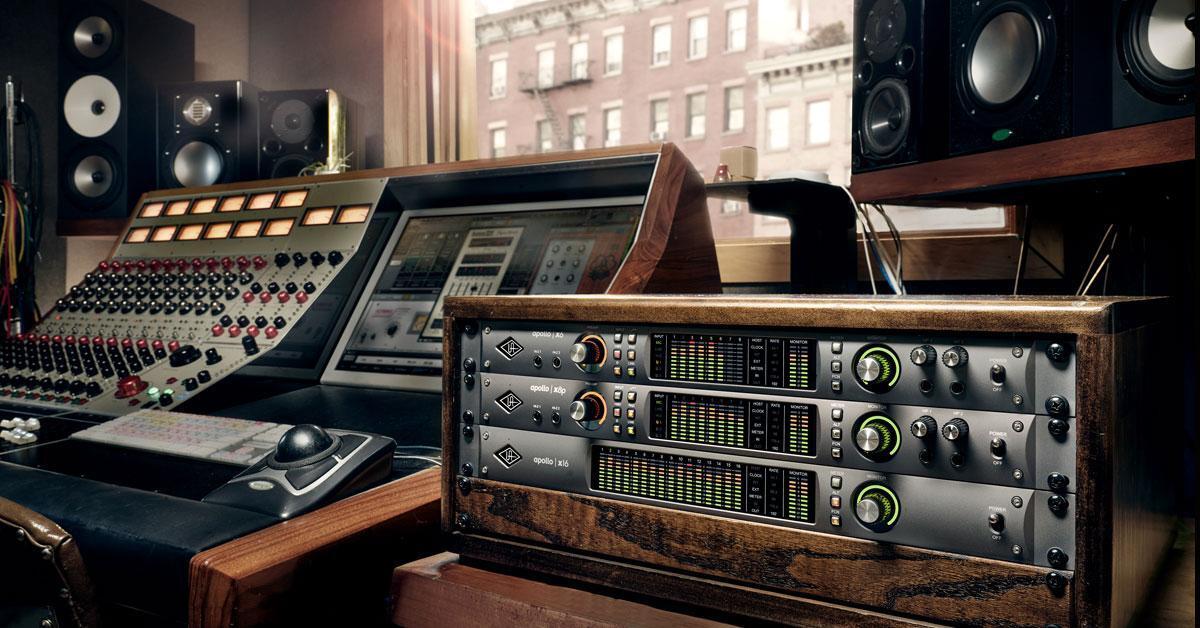
Another great feature of UA Apollo is its high-quality microphone preamps. These preamps are designed to provide clean, transparent amplification of your microphone signals, with plenty of headroom and low noise levels. This means that you can capture the full dynamic range and nuance of your performances, without any unwanted distortion or noise.
Mixing

Fine tune your mix

Ok so another great feature of UA Apollo is its compatibility with a wide range of digital audio workstations (DAWs). Whether you prefer to use Pro Tools, Logic Pro, Ableton Live, or any other popular DAW, UA Apollo can integrate seamlessly with your workflow. This makes it easy to use UA Apollo as the centerpiece of your recording and mixing setup, no matter what software you prefer to use.
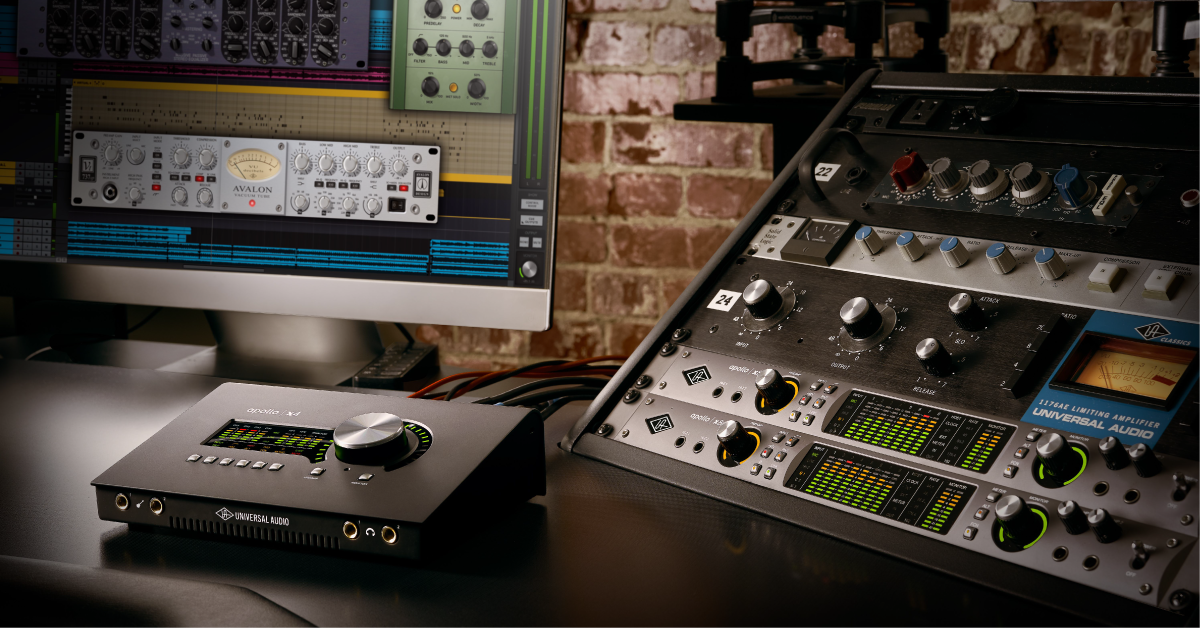
Troubleshooting Common Issues
As with any audio interface, the UA Apollo may encounter issues from time to time. Here are some common issues that users may encounter and how to troubleshoot them.
Audio Dropouts
One of the most common issues that users may encounter with almost all interfaces is audio dropouts. This can be caused by a variety of factors, such as a slow or overloaded computer, incorrect buffer settings, or faulty cables.
To troubleshoot audio dropouts, we recommend the following steps:
- Check the computer’s CPU usage. If it is high, close any unnecessary applications and try again.
- Adjust the buffer size in the UA Console software. If the buffer size is too small, it can cause dropouts. Try increasing it and see if the issue persists.
- Check all cables and connections. Faulty cables can cause dropouts. Try replacing any suspect cables and see if the issue persists.
Software Compatibility Issues
Another common issue that users may encounter is software compatibility issues. This can occur if the UA Apollo is not compatible with the computer’s operating system or if the UA software is not up to date.
To troubleshoot software compatibility issues, we recommend the following steps:
- Ensure that the UA software is up to date. Check the UA website for the latest software updates and install them if necessary.
- Check the UA website for compatibility information. Ensure that the UA Apollo is compatible with the computer’s operating system.
- If the issue persists, try uninstalling and reinstalling the UA software.
By following these troubleshooting steps, users can resolve many common issues with the UA Apollo and enjoy uninterrupted audio recording and playback.

Frequently Asked Questions
What is the difference between UAD Apollo QUAD and Apollo x8?
The UAD Apollo QUAD and Apollo x8 are both audio interfaces from Universal Audio. However, the Apollo x8 is a newer and more advanced version of the Apollo QUAD. The Apollo x8 has better A/D and D/A conversion, improved clocking, and more processing power. Additionally, the Apollo x8 has Thunderbolt 3 connectivity, which allows for faster data transfer rates.
What are the benefits of using the Universal Audio Apollo Solo?
The Universal Audio Apollo Solo is a compact and portable audio interface that offers high-quality sound and real-time UAD processing. It features a single Unison-enabled mic preamp, an instrument input, and headphone outputs. The Apollo Solo also comes with a suite of UAD plug-ins, including the UA 610-B Tube Preamp & EQ and the Marshall Plexi Classic. The benefits of using the Apollo Solo include the ability to record and monitor with near-zero latency, the ability to use UAD plug-ins in real-time, and the convenience of a portable and compact device.
What is UA Connect for Apollo and how does it work?
UA Connect is a software application that allows users to control and configure their Apollo audio interfaces from their Mac or PC. With UA Connect, users can adjust input and output levels, monitor signal levels, and create custom monitor mixes. UA Connect also allows users to access and control their UAD plug-ins in real-time. To use UA Connect, users must connect their Apollo interface to their computer via Thunderbolt or USB, and then install the UA Connect software. Once installed, the software will automatically detect and connect to the Apollo interface.
Why is the Universal Audio Apollo Heritage Edition so highly regarded?
The Universal Audio Apollo Heritage Edition is a limited edition version of the Apollo audio interface that pays homage to the company’s 60-year legacy of audio innovation. The Heritage Edition features a custom silver faceplate and comes with a suite of exclusive UAD plug-ins, including the UA 1176 Classic Limiter Collection and the Fairchild Tube Limiter Collection. The Apollo Heritage Edition is highly regarded for its high-quality sound, real-time UAD processing, and exclusive plug-ins. Additionally, the limited edition nature of the Heritage Edition makes it a highly sought-after collector’s item for audio enthusiasts.
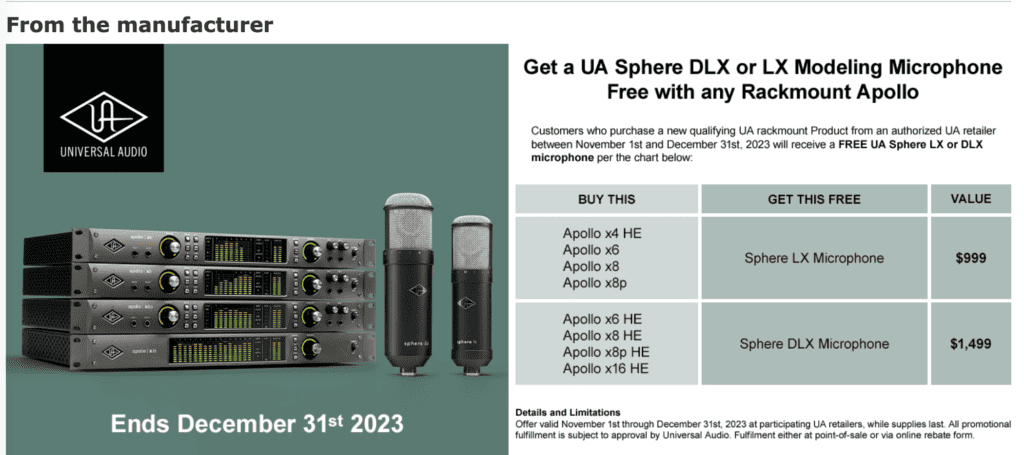
Final Thought
After thoroughly researching and testing the UA Apollo, we can confidently say that it is a high-quality audio interface that delivers exceptional sound quality and highly versatility. Its ability to run UAD plug-ins in the monitoring and recording paths with very low latency is a game-changer for professional audio engineers and musicians.
The UA Apollo Solo, in particular, is a great option for those who are looking for a portable and bus-powered interface that doesn’t compromise on sound quality. However, it’s important to note that it has some limitations, such as its lack of expandability and limited number of inputs and outputs.
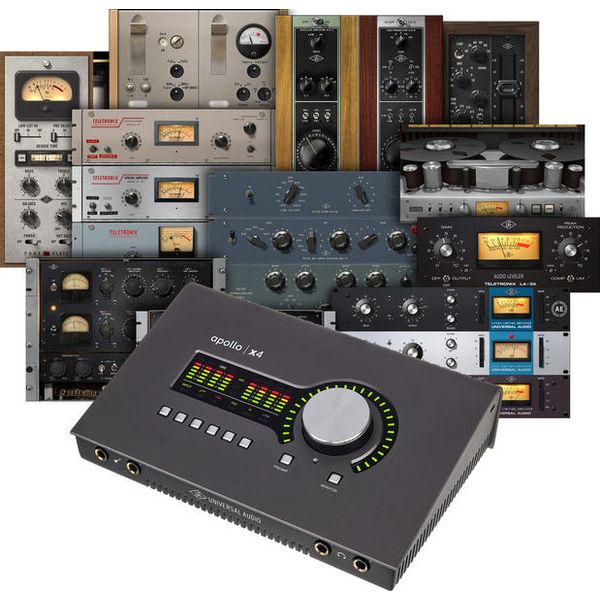
For those who require more inputs and outputs, the UA Apollo 8p and UA Apollo 16 are excellent choices. They offer more connectivity options and can handle larger recording sessions with ease. Additionally, the UA Apollo 16 has received high praise for its exceptional sound quality and reliability.
Overall, the UA Apollo series is a great investment for those who are serious about their audio recording and production. While it may come with a higher price tag than some other audio interfaces on the market, the quality and versatility it provides make it well worth the investment.



